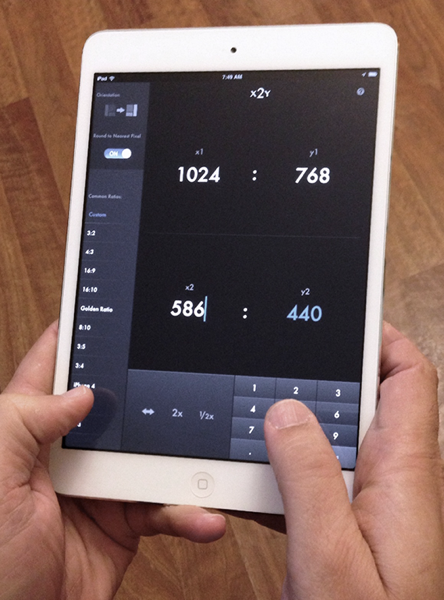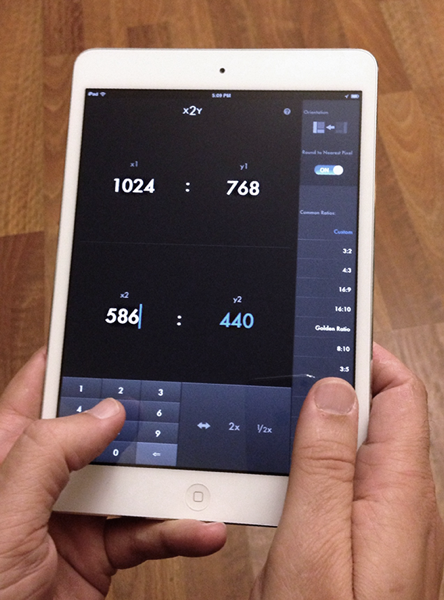John Siracusa is right about electronic voting. People have been trained for years to be skeptical about computers replacing our ancient paper ballot systems. It’s sad for me to hear otherwise intelligent people spew out all the various rote reasons why we could never vote via the Internet from our own laptops or phones.
“It’ll be the end of democracy!” “Hackers will steal elections with a single click!” “Paper systems are so much harder to manipulate!”
Nonsense, plain and simple. Like fears of Terminator style artificially intelligent machines taking over the human race and enslaving us, fears of electronic voting are just plain illogical.
First and foremost, it’s important to understand that computers are already involved in tabulating ballots. (You don’t think we add up all the votes from all the counties in all the states with an abacus, do you?) In fact, computers are involved with every part of the vote counting except the part where we actually vote. Eventually, all the numbers from all the little polling places everywhere get fed into a computer, which then is just as easy to “hack” as any other computer. So what we’re really talking about here is the one piece of the process that isn’t already electronic.
But what about those electronic voting machines? Another argument I often hear is “Every electronic voting machine we’ve ever deployed is a piece of crap and easily hackable.” True, but that doesn’t mean a good machine couldn’t be invented. It doesn’t mean that if we put the top computer scientists into a room for a week they couldn’t come up with something a billion times better.
We invented the Atom Bomb. I think we could figure this out.
I may not understand computer security nearly as well as John Siracusa, but I don’t need that knowledge to reason that if we wanted to, we could of course invent a system that was equal to or better than our current paper voting systems in security. A system that was fully transparent, verifiable by disinterested parties, and much harder to hack than the current system. A system where, as he said, individuals could actually log in and verify that their votes were indeed counted. The technology is there. We just need the will and some time.
But will the public ever trust what they don’t understand?
Let me ask you this: Do you understand the technology behind securing your credit card number on Amazon?
If we trust computers with our money, we can trust computers with our voting. We can cry “democracy” all we want, talk about our inalienable rights until we’re blue in the face, but at the end of the day, nothing is more sacred to people than their money. And we’re doing our banking online, with systems that are frankly subpar when it comes to security and modern standards of transparency. So getting people to trust an electronic voting system is not going to be an obstacle for long. People will distrust, then they’ll talk to friends who had great experiences with it, and then they’ll realize it’s just a hell of a lot more convenient to vote from home than to wait in line for seven hours. Game over. Give it four or five election cycles, and most of the country will come around.
Now, Siracusa rightfully wanted to avoid being political in his discussion, but there is one obvious side effect of a fully-electronic, cryptographically secure system, at least here in the United States: Increased participation. If voting were as easy as ordering something on Amazon, we’d have much higher voter turnout in this country. And much higher voter turnout is definitely not in the best interest of the people in power (and one political party in particular, though I suspect both major parties would fear it). Thus, keeping people scared of electronic voting is paramount to the continuation of the status quo.
Ironically, many of my smart friends who are most afraid that an electronic system would be “hacked” are in fact making it easier for those they want to keep out of office stay in office longer. Keeping computers out of our electoral process is the hack. It’s a clever form of voter suppression.
It’ll probably be a few more generations before we see any real reform in this area. That’s unfortunate, because increased convenience in voting, which would cause increased participation, would ultimately make our elected representatives more accountable. Contrary to popular belief, electronic voting would very likely boost our democratic freedoms, and thus ensure a better future for democracy. Because democracy only works when people show up. And with the current system, very few are showing up.


